In Australia, a new generation of Peranakans find a way back to their roots
Does being Peranakan hold a very different meaning for immigrants to Australia than the nyonyas and babas in Malaysia and Singapore? For one group down under, learning about their heritage has given them something more: a community.
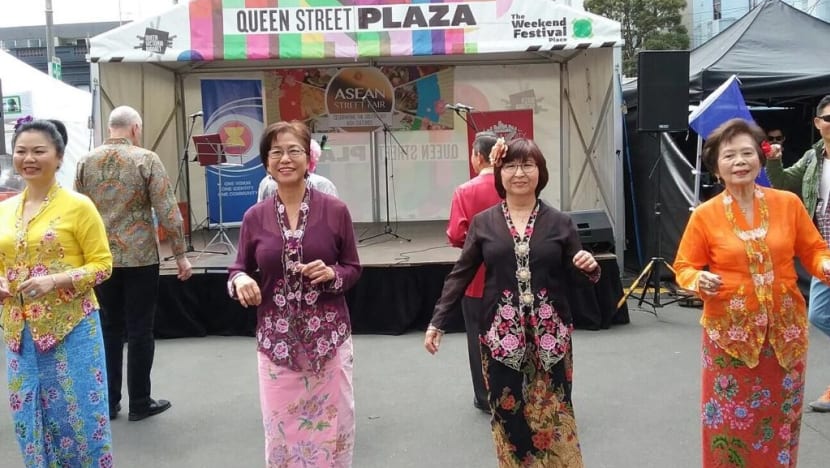
Members of the Peranakan Association Australia, Melbourne, performing in a street festival in the Australian city. (Photo courtesy of Margaret de Silva)
MELBOURNE: Glenda Chi remembers the morning she could not recall the taste of her Peranakan grandmother’s curry.
“I panicked,” said the Malacca-born 48-year-old, who moved to Melbourne with her family when she was 14 years old. “I went to look at recipe books. I started calling Mum.”
Then Glenda, recipe in hand, went to buy the ingredients needed to make the dish. “Before long I had the keroncong music going on, and the whole house smelled like my grandmother’s kitchen,” she said. “I felt like, ‘Phew, the memory’s still there.’”
Like many immigrants, Glenda’s cultural identity — as a nyonya — had taken a back seat as she immersed herself in her adopted home. “At that time, I was looking forward to living a new life,” she said.
“The Peranakan thing wasn’t in the forefront of my mind. It was more about a whole new lifestyle and settling here in Australia and becoming Australians.”
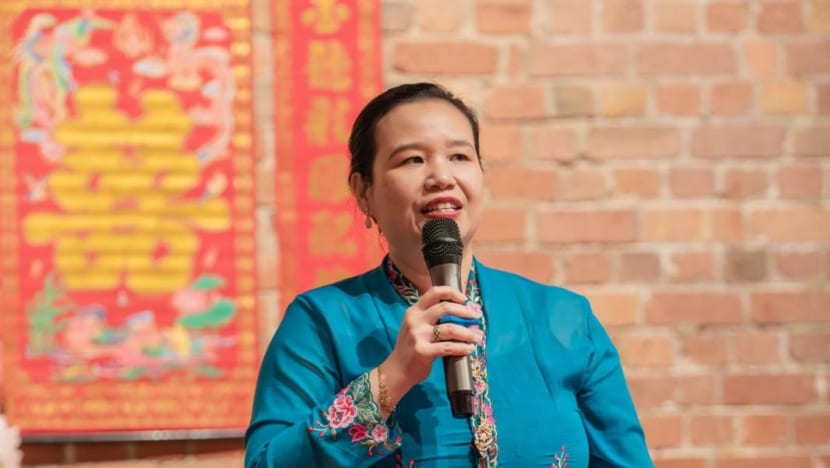
But losing a precious childhood memory — and a core connection to her heritage — for that fleeting moment in 2021 made her realise it was time to do more to keep her culture alive for a new generation of Peranakans far from their ancestral homes.
Her parents, Alfred Chi and Soo Neo Tan, were already members of the Peranakan Association Australia (PAA), Melbourne (Melb) — an association Alfred co-founded in 2008 — but Glenda had not been particularly active.
Most of its members were retirees (80 per cent were over 60 years old), and its Sunday gatherings catered mainly for their social needs with activities like line dancing and choir practice.
So Glenda set out to woo a younger generation of nyonyas and babas.
WATCH: Peranakans in Australia — How we found our nyonya identity as immigrants down under (14:39)
Noting that they often had other plans for weekends, she started holding monthly makan sessions on weekday nights as well as panel sessions for young and old alike to talk about their culture and what they hoped to learn or pass down.
“We were going to be happy with only five or six people, but we ended up having about 15 people. And (at) the second one, we had about 30 people,” she said about the casual monthly gatherings.
Today, she leads the NextGen chapter of the PAA (Melb). “We want to listen to people who’ve been born here and don’t know how to speak the language,” she said. “How do they identify with Peranakan?”
THE KEBAYA CONNECTION
More than a decade earlier, Alfred and Soo were similarly drawn to the idea of bringing the Peranakan community in Melbourne together.
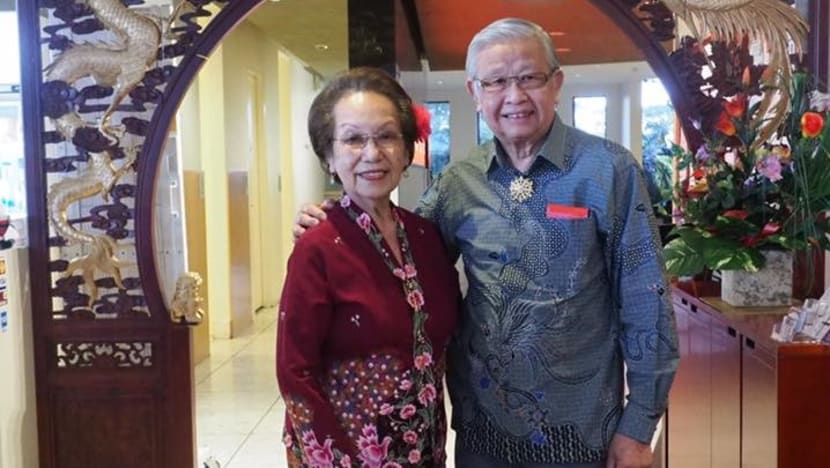
After arriving in the city in 1990, they had virtually no contact with other Peranakans for 18 years, except when they visited Malaysia.
Within their Melbourne home, Peranakan antiques — from delicate porcelains to hand-carved wooden furniture — and Soo’s cooking kept them connected to their cultural heritage.
But outside, they were simply another family of Asian immigrants finding their place in a new country. “(Our culture) had to take a back seat,” said Alfred, 85. “We (had) to adopt the new culture because we were in a new place.”
All that changed thanks to the kebaya, the ubiquitous blouse worn by women across Southeast Asia and adopted as traditional Peranakan dress.
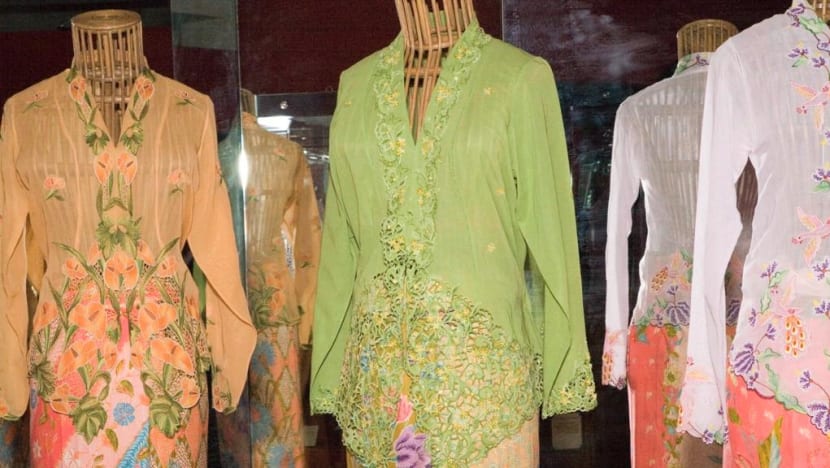
Alfred and Soo were approached by the late Peter Wee — the owner of Katong Antique House — who was holding an exhibition on the garment in Melbourne, to help with the planning. And he introduced them to Margaret de Silva, a nyonya from Singapore also living in Melbourne.
When the trio met, they immediately exclaimed and chatted in Baba Malay (a creole with Malay, Hokkien and English influences). “We were strangers, and yet it was like a home away from home. We just connected with each other,” said Margaret, 65, who moved to Melbourne in 1990.
Together they rallied 20 other Peranakans to support the exhibition, such as by loaning items for display and volunteering to model the kebayas during the exhibition’s opening.
And at Peter’s suggestion, Alfred, Margaret and a few other Peranakans decided to start an association in Melbourne, to turn a one-off connection into sustained bonds.
EXPLORING IDENTITY, CHALLENGING ‘AUTHENTICITY’
Over the years, the PAA has welcomed members from Singapore, Malaysia, Indonesia and Thailand. Outside of Melbourne, Victoria, there are Peranakan associations in Western Australia and New South Wales; Pertiwi, an association of Indonesian Peranakans, also has members in Australia.
Older Peranakans are drawn to the PAA (Melb) as they can “feel closer to home”; younger Peranakans, on the other hand, are more interested in exploring their cultural identity and learning more about their roots, said Glenda.
Among them is Deborah Ong, who moved from Singapore to Melbourne for her undergraduate studies when she was 18 years old.
On her own and far from the home-cooked Peranakan meals of her childhood, Deborah learnt to cook — an interest that turned professional when she began working part-time in restaurants.
As a child, she was aware that she was Peranakan. But it was not something her family often talked about, and Deborah felt she was on the fringes of her identity.
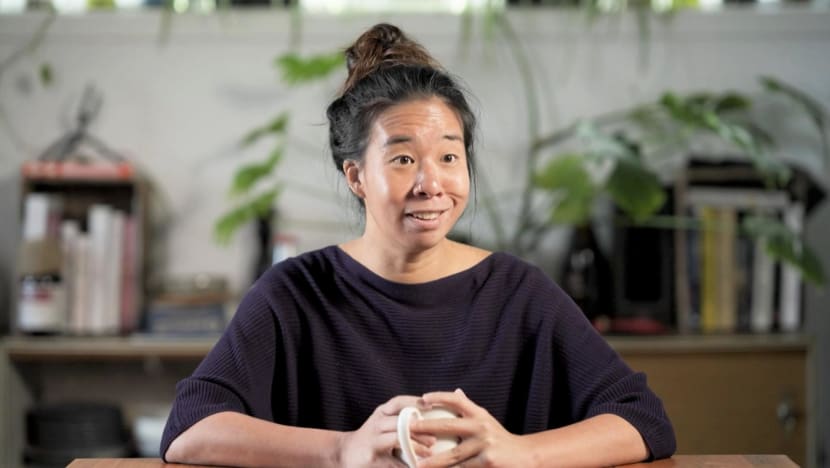
“Like you don’t speak Malay, and so … you’re not ‘Peranakan enough’, or you didn’t tumbuk (pound) sambal in your mother’s kitchen when you were a kid,” said the 38-year-old.
Migration made her think more deeply about her identity: In Melbourne, she was often asked where she was from.
“I’d say Singapore, and they’re like, ‘Oh, what does that mean?’ or like, ‘Are you Chinese?’ And then I tell them, ‘Well, actually, I’m Peranakan,’” said Deborah.
Then people ask you, ‘What does that mean?’ And you stop and wonder, ‘Yeah, what does that mean?’”
She read more about Peranakan history and, in time, became more confident about her identity as a nyonya — and as a Singaporean migrant.
“When I first came, I was constantly apologising for my accent being ‘weird,’” she said. “But when you get older, you’re like, ‘This is who I am.’ And once I’m confident in that, … (I’ll) find my place in the community.”
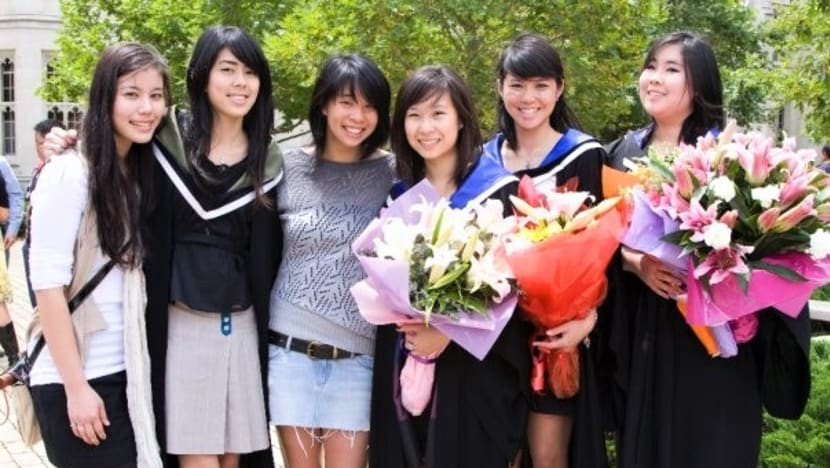
James Seow, who moved from Singapore to Australia in 2010, also feels freer to explore his Peranakan heritage on his own terms as a migrant.
“In a way, there’s no baggage, no close … familial expectations of (how) I celebrate my identity and the rituals and festivals,” he said. “The food that we eat or we cook might be a little bit different, but does it make it any less Peranakan?”
Glenda opined: “It doesn’t make you less Peranakan if you don’t dance or sing or speak the language or take part in the traditional practices. It’s because being Peranakan is about identifying with the culture. … There’s the spirit of Peranakan that we live out.”
In May, Glenda and the PAA (Melb) organised a showcase of Peranakan culture at Melbourne’s Museum of Chinese Australian History to celebrate the association’s 15th anniversary and bring their culture to a bigger audience.
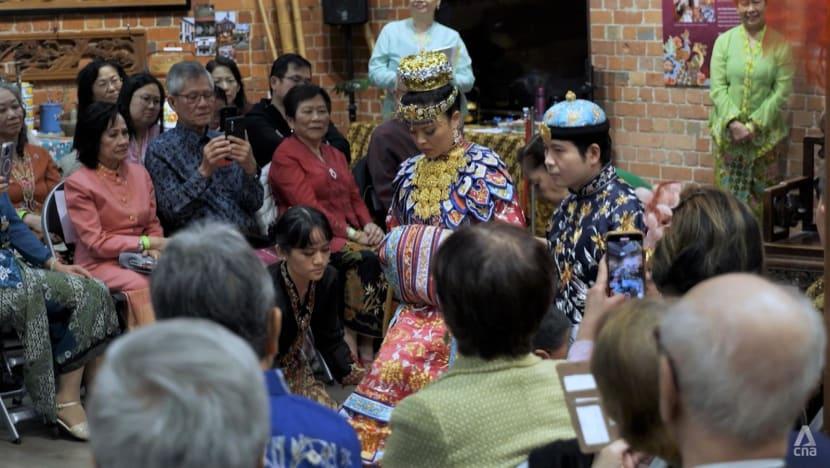
“We’ve existed for the last 15 years, and we’re still welcoming people, so we want to promote that. But we also wanted to preserve our history and tell the story (of) who we are,” said Glenda.
The question of “who we are” is an evolving one. Glenda, Deborah and James hope that Peranakan culture in Australia will be less about “authenticity” and more about identifying with the values that make the culture unique.
For Deborah, being Peranakan is about being adaptable, as her predecessors were when they left China and settled in the Malay and Indonesian archipelago in the 15th century, fusing their Chinese culture with Malay, Indonesian and European customs when they married local women.
“The thing about authentic authenticity is that it’s so tied up with nostalgia. And sometimes you just need to adapt,” said Deborah. “Which is pretty much what Peranakan food is about, right? And that’s how we end up with a lot of dishes we have today.”
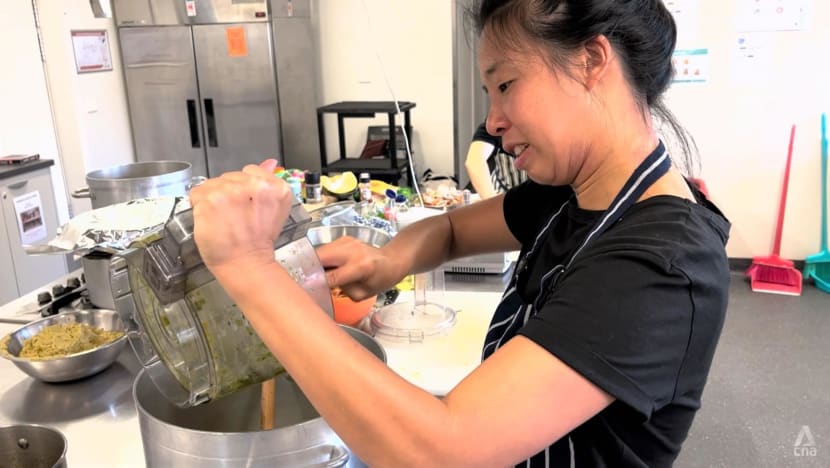
James agreed, noting that the Peranakan story is one of “migration and integration”.
“The question would be: How can we celebrate that spirit in a way that includes other people?” he said. “It’s not just about celebrating our heritage, it’s also about understanding other cultures and creating that space for dialogue.”
Older PAA members like Margaret recognise the need for change and are proud of their roles as “wikipedias” for a new generation of Peranakans in Australia.
“The culture should evolve. It won’t die off, but it might look like something else,” said Margaret, who wears a kebaya and sarong to church every week. “My grandchildren will be called Peranakan possums because they’ll be born in Australia.”
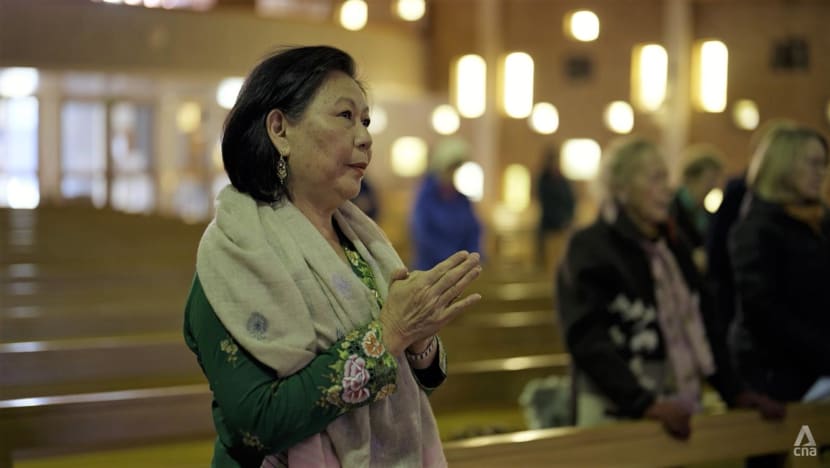
Living down under has exposed Peranakans to many other cultures, and there is much to learn from them, said Alfred, citing his admiration for the richness of Aboriginal culture and history. “We learn more as a community,” he said.
Added Glenda: “We don’t have to be ‘blood Peranakan’. We don’t have to have had a ‘Peranakan’ kind of upbringing. If we identify with it, if we connect with the culture, we’d want to connect with all these people. Because then it becomes rich.”








.jpg?itok=MfKkAGkv)






